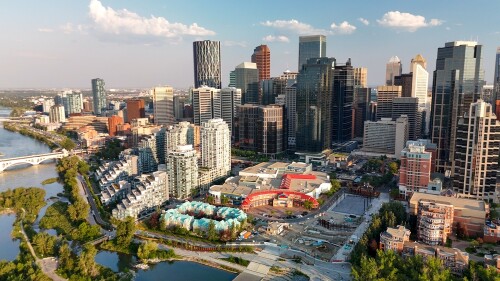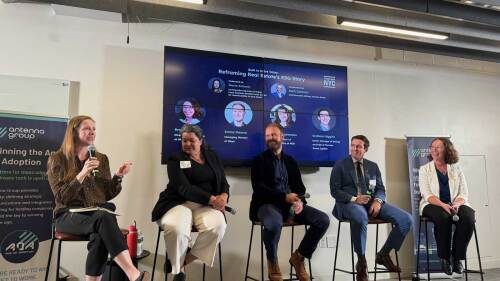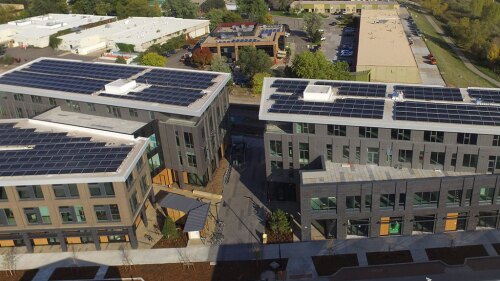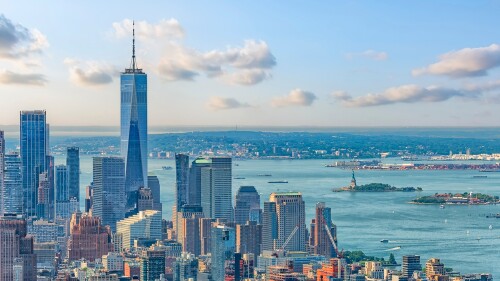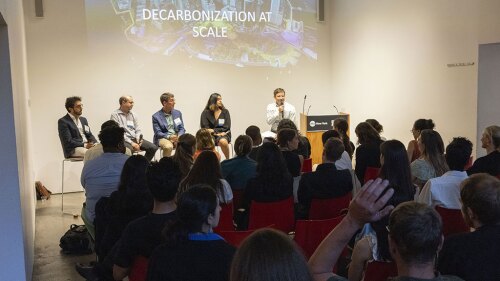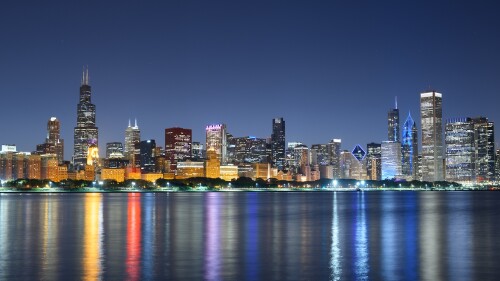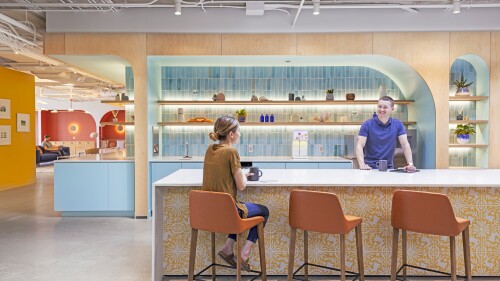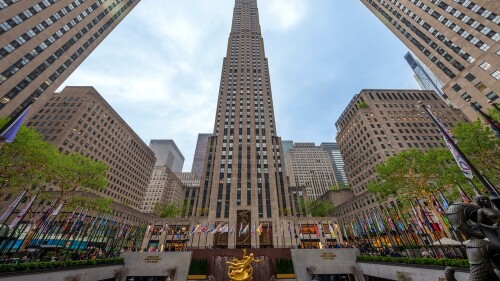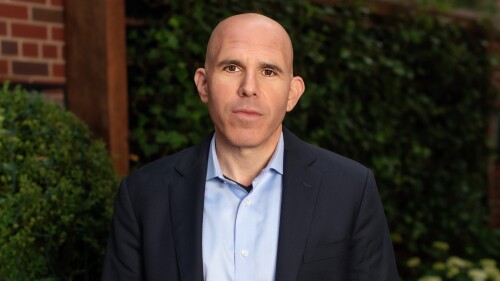New York City
Obsolete buildings will constitute up to 50 percent of all new housing in cities
The term “Environmental, Social, and Governance,” or ESG, has been around for two decades, first being coined by the United Nations Global Compact in 2004. However, the rise of the framework has led to increasing political backlash, with some states outright banning ESG in investment decisions.
How seven U.S. cities are tackling the future of downtowns
This year’s Net Zero Buildings Week is Sept. 16-20. The virtual event series supports partnerships and collaboration across the built environment industry to collectively advance net zero buildings.
Hundreds of events are scheduled September 22-27 for Climate Week NYC 2024, an annual event that drives climate action by those at the very top of business and politics, but also by communities, artists, and activists. This year’s theme: It’s Time. The built environment is a part of the dialogue, as are cross-sector issues like circular economy, water, finance, biodiversity, adaptation, health, environmental justice, policy, and more. With more than 600 events to choose from, it’s easy to assemble a perfect, customized itinerary for the week.
On August 14, ULI New York and the Holcim Foundation hosted a sold-out event on “Decarbonization at Scale,” a topic that has never been more critical for the future of the built environment in North America.
The winners of the ULI Americas Awards for Excellence become finalists for the 2024 ULI Global Awards for Excellence, competing against projects from the Europe and Asia Pacific regions. The awards are open to projects and programs in the ULI Americas region that are substantially complete, financially viable, and in stable operation. The program evaluates submissions on overall excellence, including achievements in marketplace acceptance, design, planning, technology, amenities, economic impact, management, community engagement, innovation, and sustainability, among others.
How urban planners are turning public places into vibrant centers for living, working, learning, and socializing.
According to the World Green Building Council, buildings currently account for a staggering 39 percent of global emissions, while trillions of dollars’ worth of real estate assets are at risk due to climate-related disasters. At the same time, utility providers are struggling to scale infrastructure to meet growing energy demands spurred by economic growth and development and unprecedented temperature extremes resulting in higher than usual utility charges and devastating outages. Now more than ever, the industry’s progress toward net zero emissions and resilience is critical.
RXR CEO and Chairman Scott Rechler, in a recent ULI members-only webinar with ULI Foundation Chair Faron A. Hill, described the challenges and opportunities ahead as an epic, unavoidable storm. “That hurricane … eventually, it’s going to hit land,” Rechler warned. “The question is when it hits, how hard it hits, and where it hits the hardest.”

